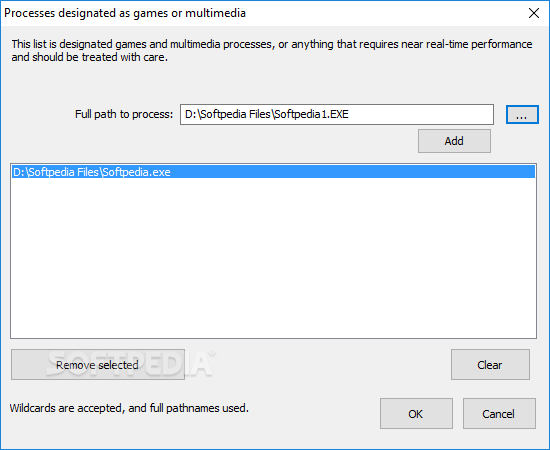
for CPU or virtual memory, monitoring time range), as well as log all activity to file. In addition, you can exclude a process from the ProBalance restraint, foreground boost, and Energy Saver (lets you run the system in high performance mode and conserves power in idle state), mark it as a game or media player process (when the gaming/multimedia mode is enabled), trim its virtual memory, as well as restart or terminate it (by force, if necessary).įurthermore, you can configure rules for adding a processor to a watchdog monitor list (e.g. balanced), as well as limit the number of instances, enable it to keep running and to restart if terminated, and prevent computer hibernation while it's active. Change the process priority class and configure other settingsįor each process you can set the priority class (by default, Windows dynamic thread priority boost is enabled), CPU affinity, I/O and memory priority, and application power profile (e.g. The list of active processes shows the name, user name, application name, ID, assigned rules, priority class, CPU affinity, I/O and memory priority, CPU level and average level (in percentage), CPU time, restraint history, memory (private bytes and working set), number of threads allocated, handles, page faults, and other relevant information. The interface consists of a regular window containing a list of all processes and active ones, along with a graphical representation that shows a history of the processor use, responsiveness, process restraint and memory load. Manage processes and improve the OS response time


It automatically adjusts the priority class for active programs via ProBalance, the app's proprietary algorithm, in order to prevent them from hogging resources. With the help of Process Lasso, you can improve the operating system's response time and overall stability.


 0 kommentar(er)
0 kommentar(er)
